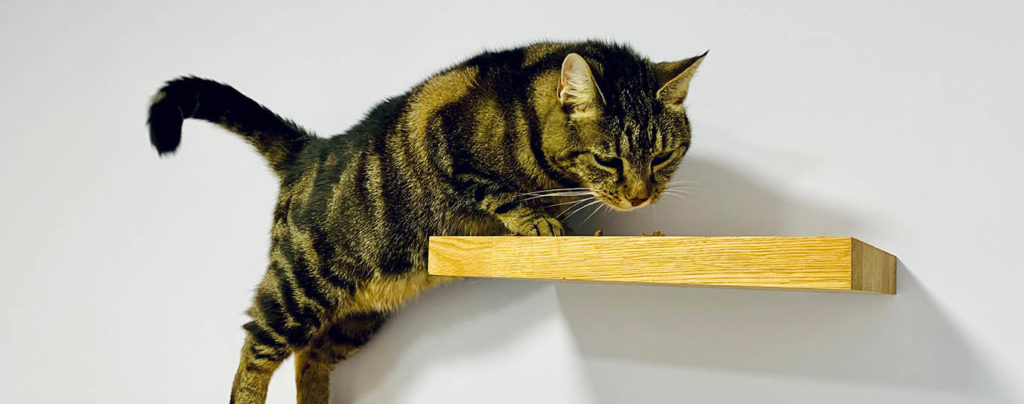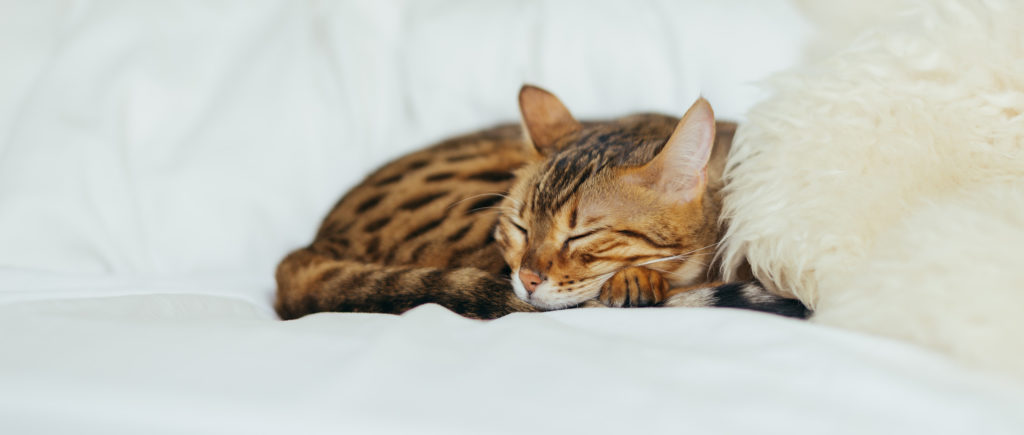Feline Lower Urinary Tract Disease (FLUTD) is a term used to describe conditions that affect the urinary bladder and urethra (lower urinary tract) in cats. FLUTD is relatively common and it is important to investigate the underlying cause to find the best possible treatment.
The problem usually presents with a history of the cat showing one or more of the following signs:
- Having trouble passing urine – they may be only passing small drops of urine
- They may be vocalising more due to pain and irritation
- They may be urinating outside of the litter tray
- The urine may look pink or blood clots may have been noticed
- They may be over grooming their tummy or around their genitals
- In more serious situations they may not be able to pass urine at all. This last scenario is deemed to be an emergency and if you are concerned that your cat is unable to pass any urine, if they are straining or seem to be in pain please seek veterinary attention immediately.

FLUTD risk factors
FLUTD can be seen in cats of any age but there are several risk factors which can increase your cat’s risk of developing issues:
- Middle-age
- Being overweight
- Being neutered
- Living indoors
- Eating an entirely dry diet
- Having a sedentary lifestyle
Causes of FLUTD
There are a number of different causes of FLUTD, the majority of cases have Feline Idiopathic Cystitis (FIC) where an exact underlying cause cannot be pinpointed. We will discuss FIC more specifically further down this article. Less than 10% of cases are caused by bacterial infection, so antibiotics are rarely needed.
Approximately 15% of cases of FLUTD are caused by urinary stones (urolithiasis). Stones, crystals and cells sometimes clump together, forming a plug that blocks the urethra of male cats resulting in obstruction. Sometimes male cats can develop spasms of the urethra secondary to inflammation and this can cause them great difficultly when trying to urinate. Sadly tumours are sometimes responsible for the signs of FLUTD, or anatomical defects, though these are less common.
For cats with persistent or recurrent urinary problems investigations are necessary to determine the underlying cause:
- Microscopic examination of urine and culture to check for crystals and bacterial infection
- X-rays or an ultrasound scan to look for urinary stones or tumours
- In some cases bladder surgery may be necessary to biopsy the bladder or remove urinary stones
If you are concerned that your cat might be suffering from Feline Lower Urinary Tract Disease, please contact us for advice.
